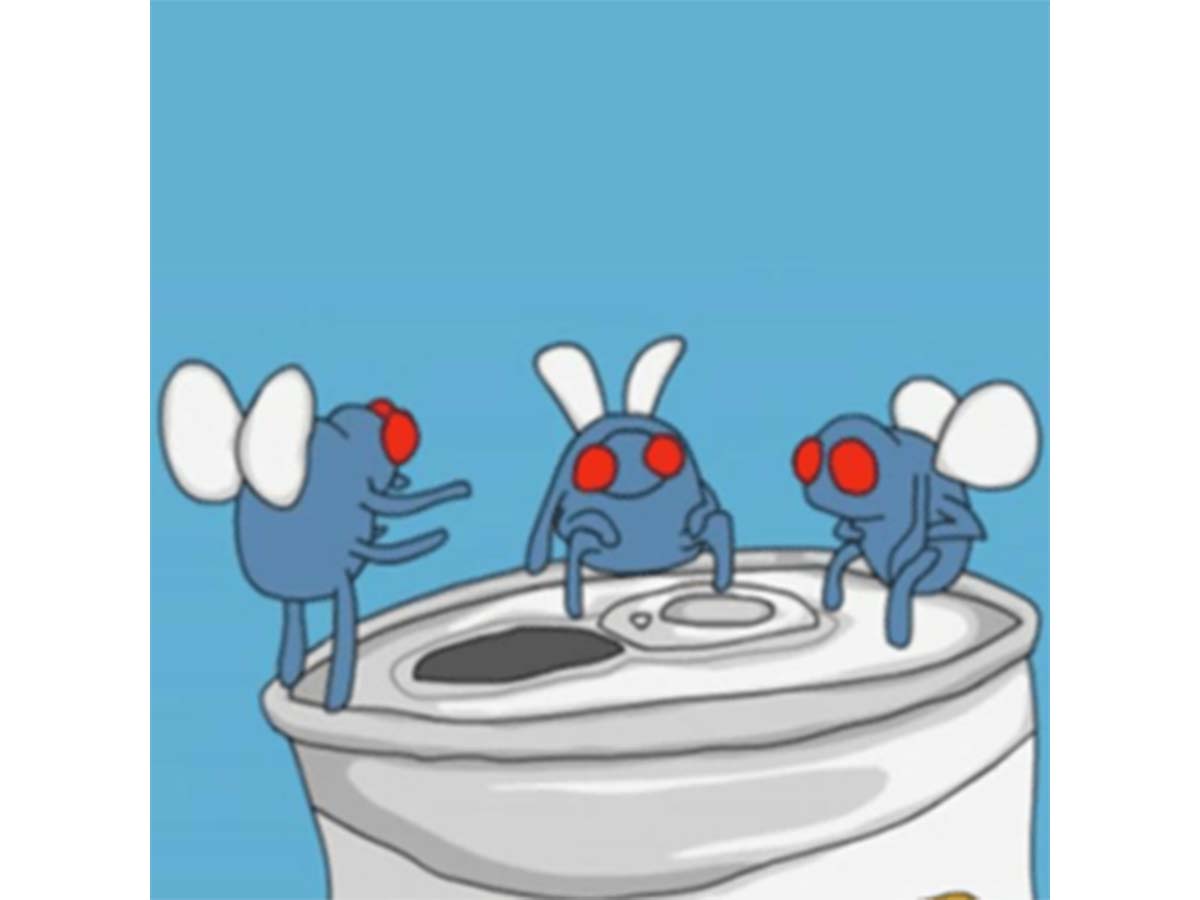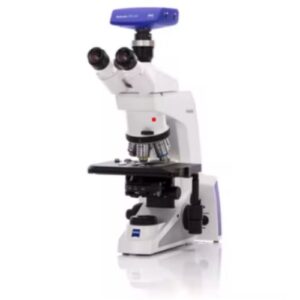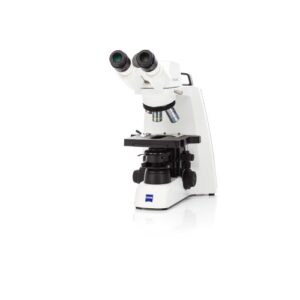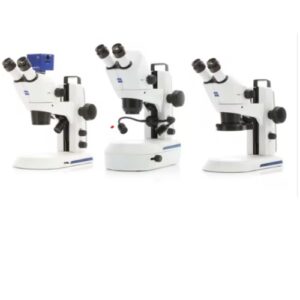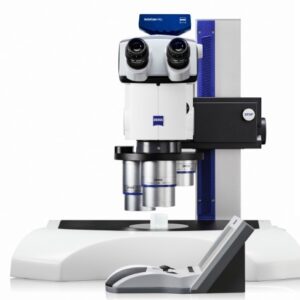Long hours under the microscope are no joking matter!
The thought of a Drosophila headed to the local bar for a drink creates a funny joke, but after long hours of sorting flies under a microscope that causes eyestrain or neck pain, you may be the one that wants to head to the local bar for a drink!
Unfortunately most users do not know why they experience discomfort when using a stereo microscope. Users who have several microscopes to choose from in a lab or in a manufacturing inspection setting simply sit down and use the preferred microscope. They tell their co-workers that they like to use one over another but they cannot explain why.
While preference may be for something such as ergonomics, a common cause is simple: one requires eyes to rotate inward and the other allows the eyes to relax and look through the microscope “straight on.”
Greenough v Galilean Optical Paths
Many Blood Moons ago around 1890, the American biologist and zoologist Horatio Greenough introduced a design to microscopy that would provide an accurate representation of the sample with a large field of view, low magnification, and depth perception. The design was simple, create a light path for each eye where the lenses are mounted at a 12.5 degree angle and focused on the sample at a center location.
a) CMO optical design that uses a single objective to combine right and left light paths to generate a stereo image.
b) Greenough optical design that angles light toward a center point beginning from the eyepieces.
Since the image is passing through the center of every lens in the optical system, the design produces a quality image that is still being used today in many stereo microscopes. However, the 12.5 degree angle causes the eyes to have to rotate inward often causing discomfort.
Fast forward to 1957 when the American Optical Company introduced their Common Microscope Objective (CMO) design. The new design took inspiration from the Galilean telescope where each eye would have a series of lenses that were mounted flat and the image would be bent inward and focused by a single lens at the bottom of the microscope. Correction for the single lens is more challenging, but this design provides users with the sensation of looking across the room, as opposed to the tip of one’s nose!
Eyestrain Doesn’t Just Hurt Eyeballs
Although eyestrain is an acute ailment that disappears quickly after walking away from the microscope, the effects of eyestrain can be felt for some time. In severe cases eyestrain can lead to all types of headaches. For some users the sensation is immediate, where for others it takes hours to detect the discomfort.
Although graduate students and lower-level employees are accustom to working through less-than-ideal conditions, no one should be denied the joys of a genetic screen or solder inspections because of a headache caused by eyestrain!
The experience is easy to recreate by attempting to focus on the tip of your nose. After just a few moments your eyes will begin to hurt! Although the sensation looking through the microscope is more similar to reading a newspaper a little too closely, and therefore may take hours to fully develop, the sensation is the same.
How to Adjust a Stereo Microscope for Comfort
Whether your stereo microscope is Greenough or CMO, the optics can be adjusted to optimize comfort. Based on design, CMO will always be more comfortable, but a simple adjustment can make a big difference.
On a Leica microscope the adjustment is easy. The eyepieces when rotated left or right, adjust the eyepiece lens in and out. Looking at the eyepiece housing, there are white markings that indicate whether the eyepiece is adjusted left or right of center. Center is the larger white line. Center the line on the eyepiece housing and shaft and proceed as follows:
- Zoom out to the lowest magnification setting. Focus the microscope using both eyes. This gets you in the ballpark for the next steps.
- Zoom to the highest magnification, refocus the microscope with both eyes.
- Zoom to the lowest magnification again. Without focusing the microscope, twist the right eyepiece in both directions until the image comes into focus.
- Close the right eye and open the left eye. Without adjusting focus on the microscope, twist the eyepiece until the left eye is focused on the sample.
At this point, with both eyes open, the sample should be perfectly focused. In addition, the zoom body will be parfocal throughout the zoom range! Repeat this process at high magnification and you will be in the best position for a comfortable viewing experience!
Trust W. Nuhsbaum, Inc
When choosing a stereo microscope for routine inspection or advanced imaging, it takes the knowledge and experience of a microscope specialist to ask the right questions that identify your needs. It also takes a company with the resources of W. Nuhsbaum, Inc to be able to demonstrate the difference in Leica quality regardless of Greenough and Gallelean stereo microscope design.
Contact one of W. Nuhsbaum, Inc.’s microscope experts to learn more about the stereo microscopes that will make the difference in your work.

